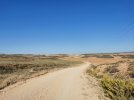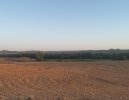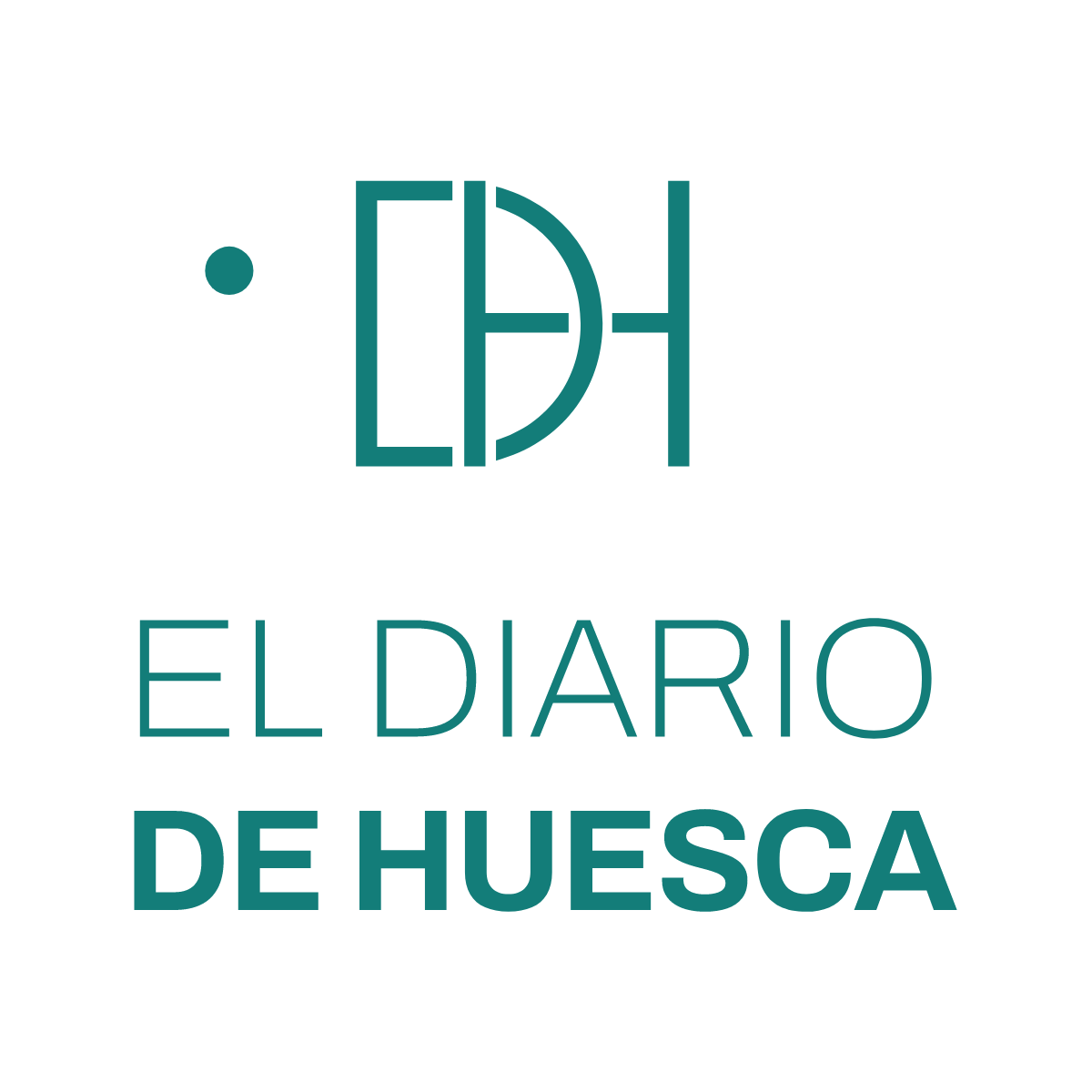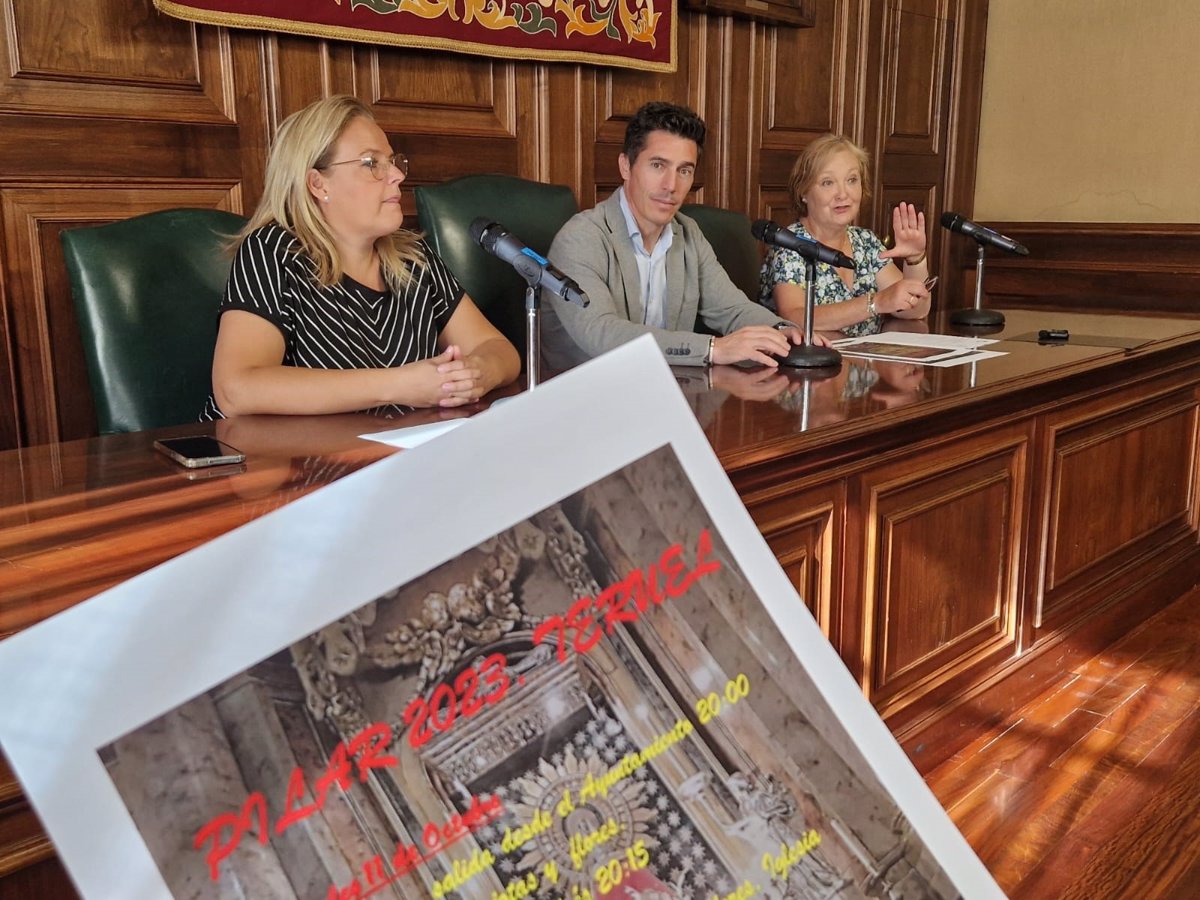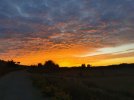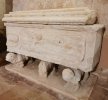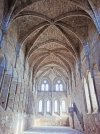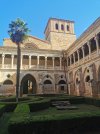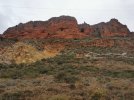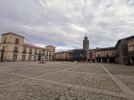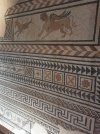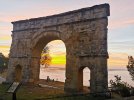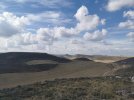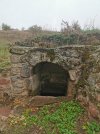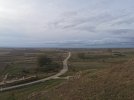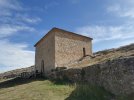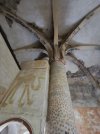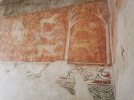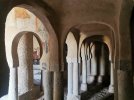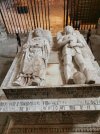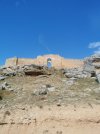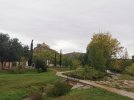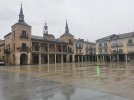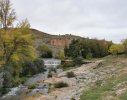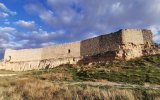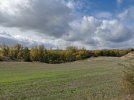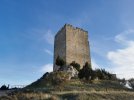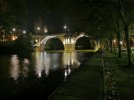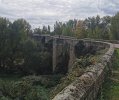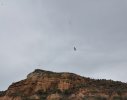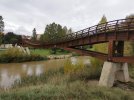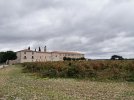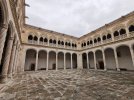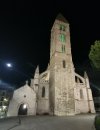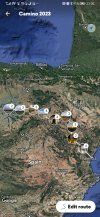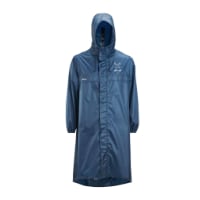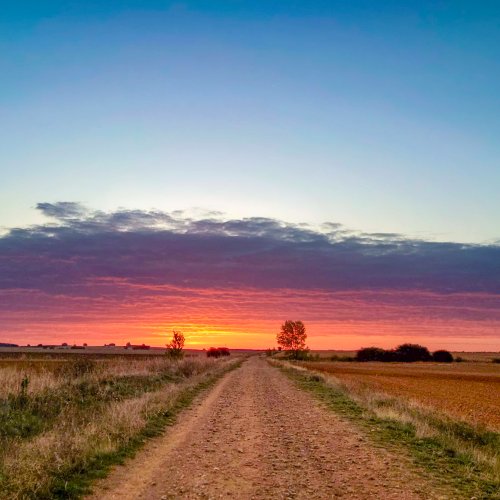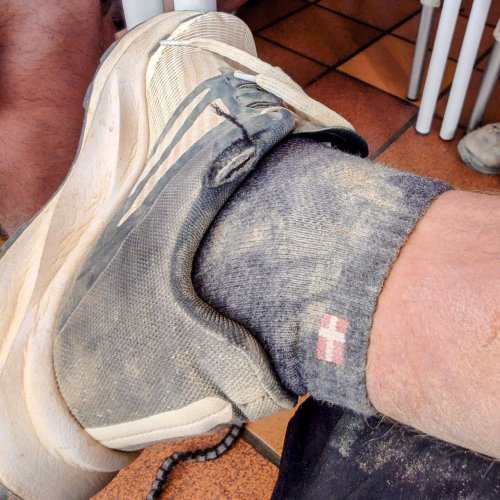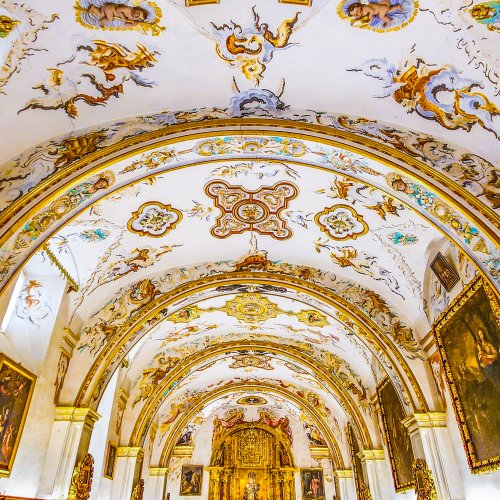alansykes
Veteran Member
- Time of past OR future Camino
- Except the Francés
Two years ago the tourist office in Soria gave me a brochure "experimenta el camino en Soria". One of the suggestions was for a Camino del Sur. Not the one I walked last year from Huelva, but an ancient one largely following the Roman road linking Zaragoza and Astorga. I thought I'd give it a go.
Having been moving steadily downstream on the río Jíloca for several days, I'll now be going up the Jalón for 100km or so from Calatayud. The two rivers go through very different countryside - the Jíloca fertile and populated, the Jalón arid and largely deserted. Quite a lot of today's walk, especially after Ateca, the countryside was completely abandoned, with broken irrigation channels and dead trees. The walk follows the Camino del Cid, which was fortunate, as it's very well signed, but even so I nearly got lost on overgrown and rarely travelled paths.

Alhama de Aragón, today's destination, is a spa town, bustling with holiday visitors. I had somehow booked myself into a very luxurious spa hotel whilst I was in Calatayud. Luxurious but surprisingly not expensive (I've paid more for a Travelodge in Nottingham).
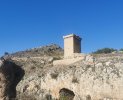
I was soon enjoying the baño del moro, with water coming out of a spring at 32°C, and sauna and an outdoor pool which I had to myself as everybody else found it too cold (?20°). I had to fill in a health declaration, and one of the conditions I had to say I didn't have I didn't understand, but was assured I was quite unlikely to be pregnant.
I had hoped to stay two nights from tomorrow in a retreat at the monastery of Santa María de Huerta, but the apologetic fray hospitalero told me that all 17 of their guest rooms were "completo" for the puente. Very chatty, he was, as trappist monks often are, in my limited experience.
Having been moving steadily downstream on the río Jíloca for several days, I'll now be going up the Jalón for 100km or so from Calatayud. The two rivers go through very different countryside - the Jíloca fertile and populated, the Jalón arid and largely deserted. Quite a lot of today's walk, especially after Ateca, the countryside was completely abandoned, with broken irrigation channels and dead trees. The walk follows the Camino del Cid, which was fortunate, as it's very well signed, but even so I nearly got lost on overgrown and rarely travelled paths.

Alhama de Aragón, today's destination, is a spa town, bustling with holiday visitors. I had somehow booked myself into a very luxurious spa hotel whilst I was in Calatayud. Luxurious but surprisingly not expensive (I've paid more for a Travelodge in Nottingham).

I was soon enjoying the baño del moro, with water coming out of a spring at 32°C, and sauna and an outdoor pool which I had to myself as everybody else found it too cold (?20°). I had to fill in a health declaration, and one of the conditions I had to say I didn't have I didn't understand, but was assured I was quite unlikely to be pregnant.
I had hoped to stay two nights from tomorrow in a retreat at the monastery of Santa María de Huerta, but the apologetic fray hospitalero told me that all 17 of their guest rooms were "completo" for the puente. Very chatty, he was, as trappist monks often are, in my limited experience.





